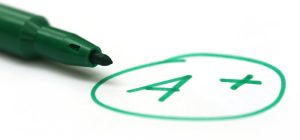Today, both the National Basketball Association and NCAA require their game basketballs to be inflated between 7.5 and 8.5 psi.
Basketball is a uniquely American sport. It was the brainchild of Dr. James Naismith, a college instructor and graduate student at Springfield College in Massachusetts back in 1891.
At age 31, Naismith, who loved athletics, invented the indoor game that could be played during New England’s cold winters – but without the roughness of football.
Nailing peach baskets to the lower rail of the school gymnasium balcony, which happened to be ten feet from the floor (the height of today’s modern hoop) Naismith’s early idea was to station a man at each basket to retrieve the basketball after a goal was scored.
Surprisingly, it took a few years for Naismith to realize that it was probably better to remove the bottoms of the baskets so the ball could fall back into play.
Naismith’s first basketball was a soccer ball. In 1894, Naismith asked sporting goods manufacturer (and former famous Boston Red Sox pitcher) A.G. Spaulding to develop the first official basketball.
The first basketballs had a rubber inside bladder with the inside constructed of leather panels stitched together.
In any case, the game was an instant success, and students introduced basketball at their own local YMCAs.
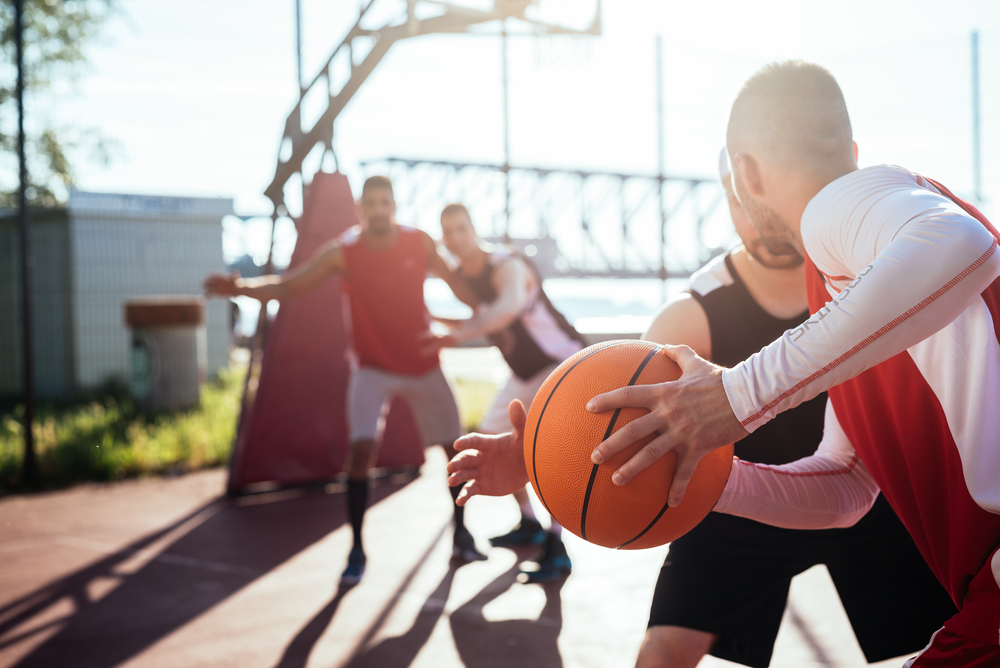
The game spread quickly to Europe as well, when former foreign-exchange students took the game back home.
Naismith’s 13 original rules included A.G. Spaulding’s basketball as “the official basketball” of the game.
The early games included two 15-minute halves with 5-minute intermissions, nine players on each team (three guards, three forwards, and three centers), and a referee.
Naismith added a backboard in 1893, and it wasn’t until 1901 that the modern metal rim and net replaced the peach baskets.
So, the new game of “basket ball” eventually became recognized as a permanent collegiate sport in 1905.
It wasn’t until 1946 that the game went pro. The professional National Basketball Association formed 11 teams with charter squads from Boston, New York, Philadelphia, Pittsburg, Providence, Washington, and Toronto.
Table of Contents
The modern basketball
The modern basketball, in its molded and inflated form and circumference of 30 inches, became official in 1949.
The design of the ball has continually improved over the years. Today’s version has dimples similar to a golf ball for easier gripping and an outer shell of sweat-absorbing polyurethane.
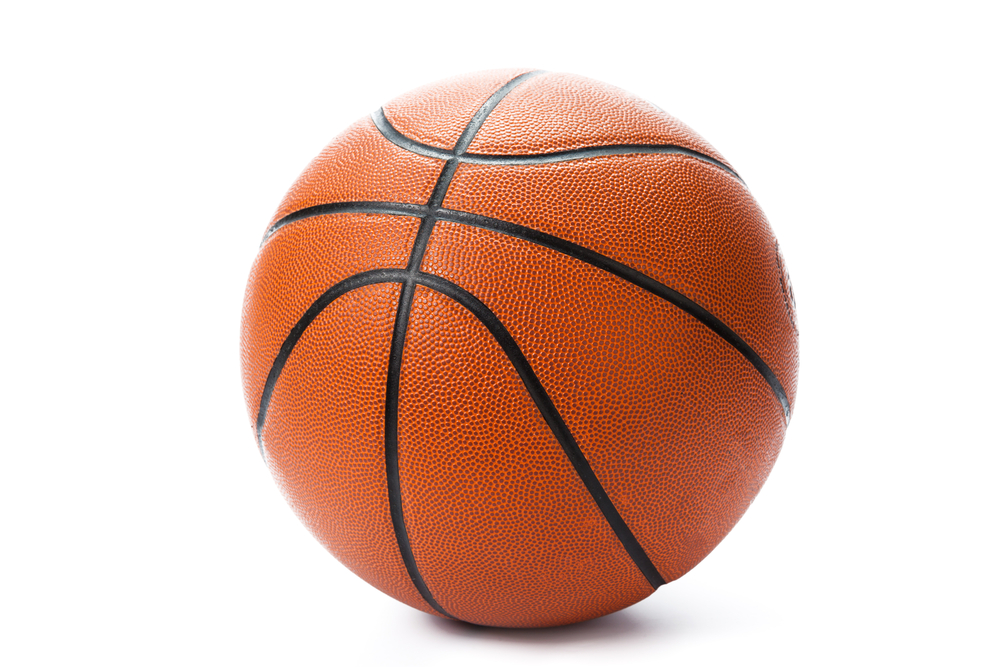
Today, both the National Basketball Association and NCAA require their game basketballs to be inflated between 7.5 and 8.5 psi.
If inflated below 7.5 psi, the basketball won’t bounce properly. Above the maximum, the ball could split or burst.
The foregoing applies to the men’s pro games. Women in the WNBA use a smaller and lighter basketball, about 28.5 inches in circumference, one inch smaller than the male counterpart, but with the same inflation requirements.
Aside from using an air pressure gauge, there is a quick way to find out if a basketball is properly inflated.
Just grasp the ball with both hands and hold it up to face level. Drop the ball and observe how high the bottom of the ball bounces.
The ball is underinflated if it doesn’t bounce as high as your waist. The ball is overinflated if it bounces up close to your chest.
So, the Goldilocks (“just right”) standard is that when the ball is dropped from face level, it must bounce just past the waist or slightly higher.
Another more precise method is to drop the basketball from a height of 6 feet (72 inches). The top of the basketball must reach a point between about 49 and 54 inches, but the flooring must be similar to that of a basketball court.
Any bounce below or above those parameters means the basketball is either under or overinflated.

The rules on how the basketball bounces
The bounce of the basketball is one of the most important elements in how the sport is played.
The team with the ball must advance towards the basket by either passing it between players or by bouncing (dribbling) the ball while moving.
Rules for the team on offense
The player must use one hand while dribbling (bouncing) the ball when moving both feet. When both hands touch the ball, the player must stop dribbling.
A player gets only one go at dribbling and cannot start another dribble until another player has handled the ball.
NBA court dimensions are 91.86 feet by 49.21ft wide. The ball must remain in bounds at all times.
If the ball is lost out of bounds, the team whose player touched the ball last loses possession of the basketball.
Most common rule violations involving the basketball
The double dribble
Once a player with the ball stops dribbling the basketball, the ball must be passed, or the player must attempt a shot towards the basket.
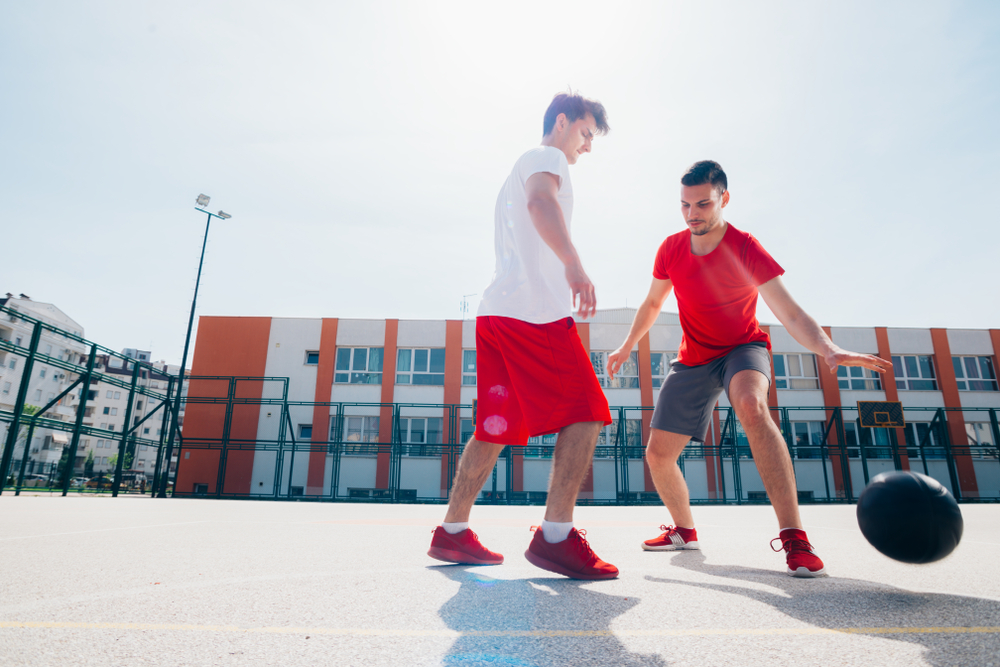
If the player again dribbles the basketball after stopping, the referee will whistle a violation and the ball will be turned over to the opposing team.
Walking the basketball, or traveling
Walking is another dribbling infraction that happens when a player moves illegally while in possession of the basketball.
A traveling violation involves taking steps while holding the ball, while not dribbling. As in the double-dribble, this infraction will result in turning over the ball to the other team.
Carrying the basketball
The player dribbling the ball must keep a single hand on top of the ball while dribbling. Touching the bottom of the basketball and continuing the dribble is called carrying, which, again results in turning over the ball to the other team.
Halfcourt violation
When the team possessing the ball crosses the halfcourt line, the ball cannot be moved into the backcourt, unless knocked into the back court by the defensive team.
Halfcourt violations also result in turnovers.
Hanging on the rim

Dunking was banned in college basketball from 1967 to 1976 but is currently legal. However, hanging onto the rim after a dunk, except to avoid injury, constitutes a technical foul.
Breaking the “5-second rule” for inbounding the basketball
After a change of possession, the player on the team inbounding the ball has five seconds from the time the referee hands the ball over to inbound the ball.
Likewise, after receiving the ball, an offensive player, when closely guarded, has just five seconds to pass, shoot, or dribble the basketball.
Violation of the 5-second results in a turnover.
The “no-touch” rules
Defensive interference (or goaltending) occurs when a defensive player touches the ball while the ball is on or above the basket rim or cylinder.
A call of defensive goaltending will result in scoring a field goal for the team shooting the ball.
Interfering with the ball on its downward flight is another goaltending violation that will result in a benefit for the shooting team.
Likewise, it is illegal for a defensive player to knock the ball back up through the hoop before it exits the net.
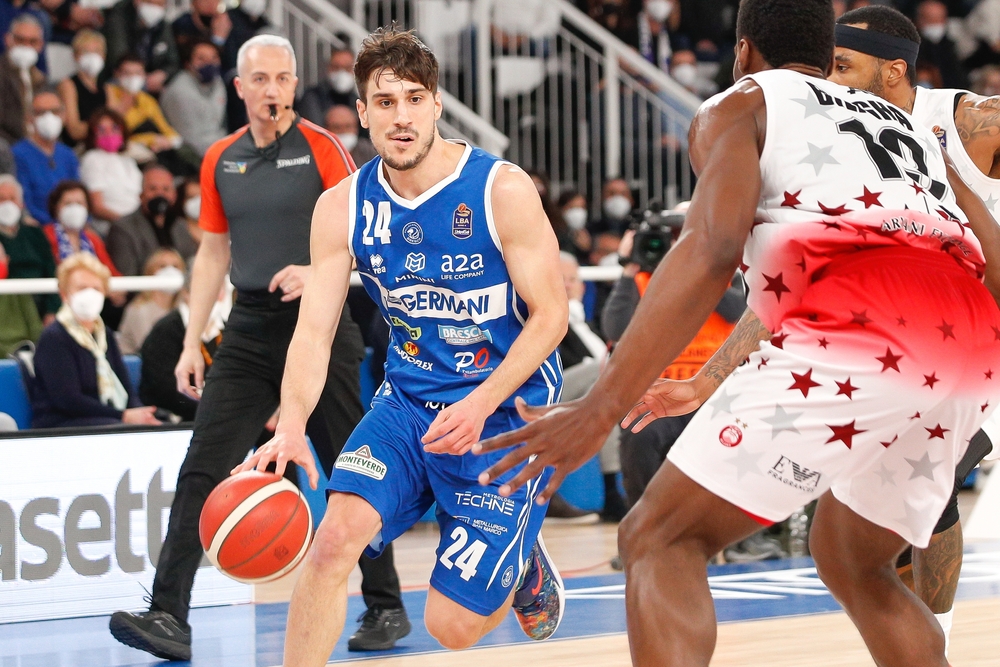
Offensive interference occurs when a player on the offensive team touches the basketball while above or within the basket cylinder.
Offensive goaltending results in a turnover.
Shot clock violation
In professional basketball, the offensive team has 24 seconds to attempt a field goal. To reset the shot clock after a missed shot, the ball must touch the rim.
College teams have a 30-second shot clock. The shorter pro-shot clock, along with the three-point shots, accounts for the higher scores in NBA games.
As of 2018, an NBA team that gains an offensive rebound from a missed shot gains a reset shot clock of 14 seconds, rather than the original 24.
Also, if time expires during a player’s shot attempt, the ball must be in the air before the buzzer sounds.
Differences between NBA (pro) and NCAA (college) basketball rules
As college players transition to the big time, they must adjust to the differences in playing rules and court dimensions.
Here are some of the most significant differences between the pros and college hoops:
Moving the basketball past halfcourt: In college play, the offensive team has 10 seconds to move the ball past the halfcourt line. In the NBA, players have 8 seconds.
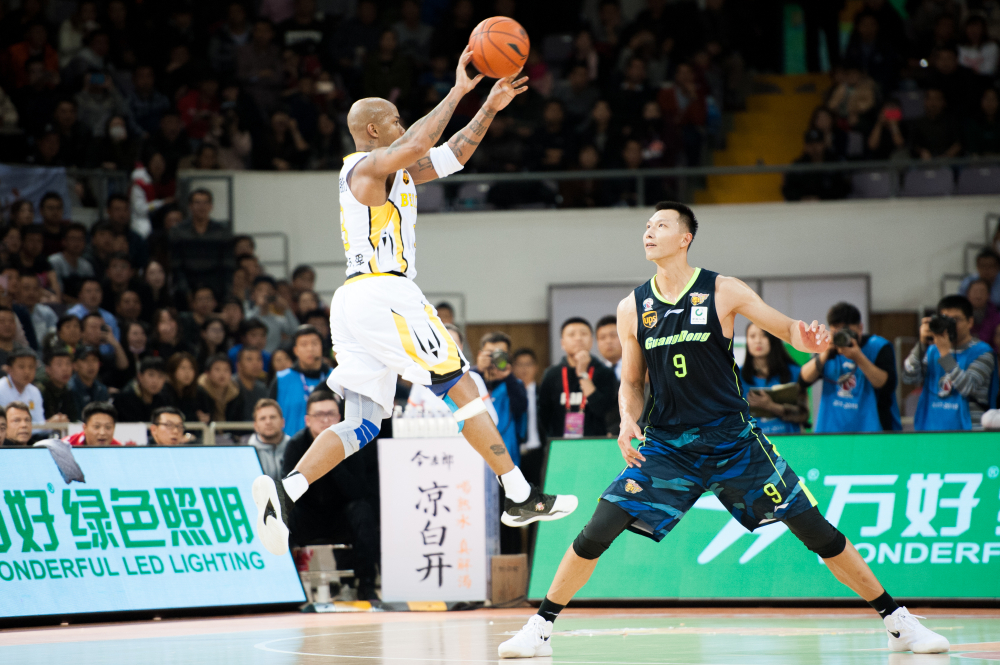
Time of play: The NBA has four 12-minute quarters. The NCAA plays two 20-minute halves. Both college and pros employ 5-minute overtime periods.
The 3-point shot: Both the pros and the NCAA have a longer-distance shooting arc to score three points.
The NBA distance is 23 feet, 9 inches. The NCAA three-point line is 19 feet, 9 inches.
The lane under the basket: The painted lane under the hoop to the free-throw line in the NBA is 16 feet wide.
The NCAA’s lane is 12 feet wide. Both pros and college have a 3-second rule, where an offensive player cannot remain in the lane past three seconds without the ball.
Fouling out: In the NBA, a player is disqualified after 6 personal fouls. After the fourth team foul in a quarter, opponents get two free throws.
Also, the NBA encourages its referees to blow the whistle when the movement of a player is impeded by another.
That focus has resulted in more fouls called as well as free throws scored.
In the NCAA, players foul out after 5 personal fouls. After seven team fouls in a half, the opposing team goes to a 1-1 foul shouting opportunity (make the first 15-foot foul shot and get a bonus shot).
After 10 fouls in a half, the opposing team gets two free throws.
The held basketball: In the NBA, when the ball is tied up between opposing players, the referee throws a jump ball.
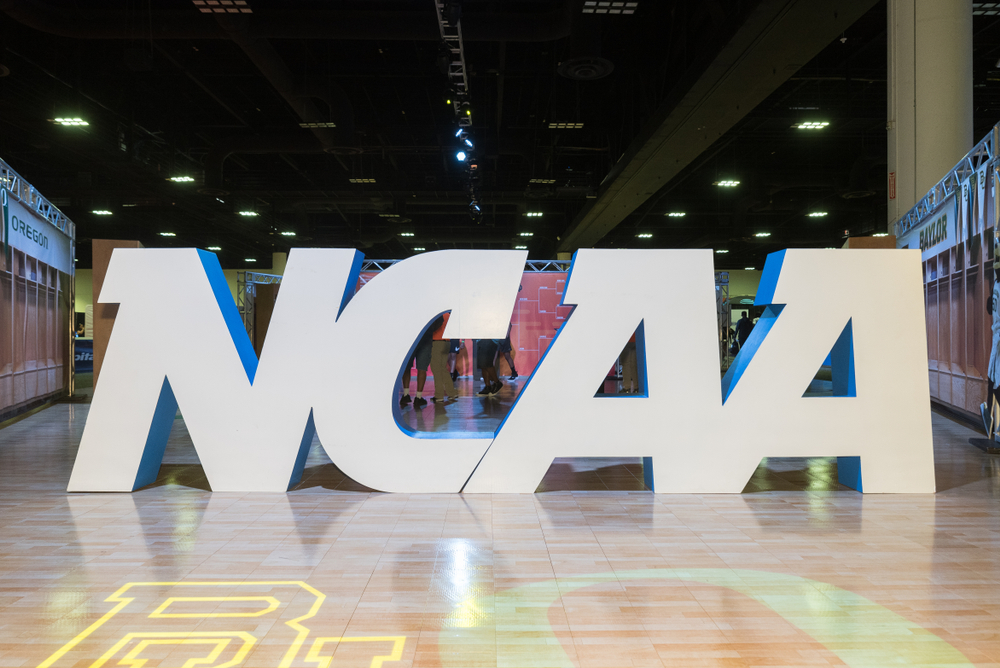
The NCAA employs a possession arrow indicating the team whose turn it is to take possession of the ball.
Numbers of teams and games played: The NBA has 30 teams and a schedule of 82 games. The NCAA has around 200 teams with a playing season of 30 games a year.
Olympic basketball competition rules are similar to college, with the notable exception that the game consists of four 10-minute quarters.
Finally, some basketball trivia
The best basketball players of all time
The top-three highest-scoring pro players are:
1. Kareem Abdul-Jabbar – LA Lakers, 38,387 points.
2. LeBron James – LA Lakers, 37,062 points.
3. Karl Malone – Utah Jazz, 36,928 points.
Top-rated collegiate basketball players of all time:
1. Kareem Abdul-Jabbar – UCLA Bruins
2. Oscar Robertson – Cincinnati Bearcats
3. Bill Walton – UCLA Bruins
The highest-scoring player in a single NBA game
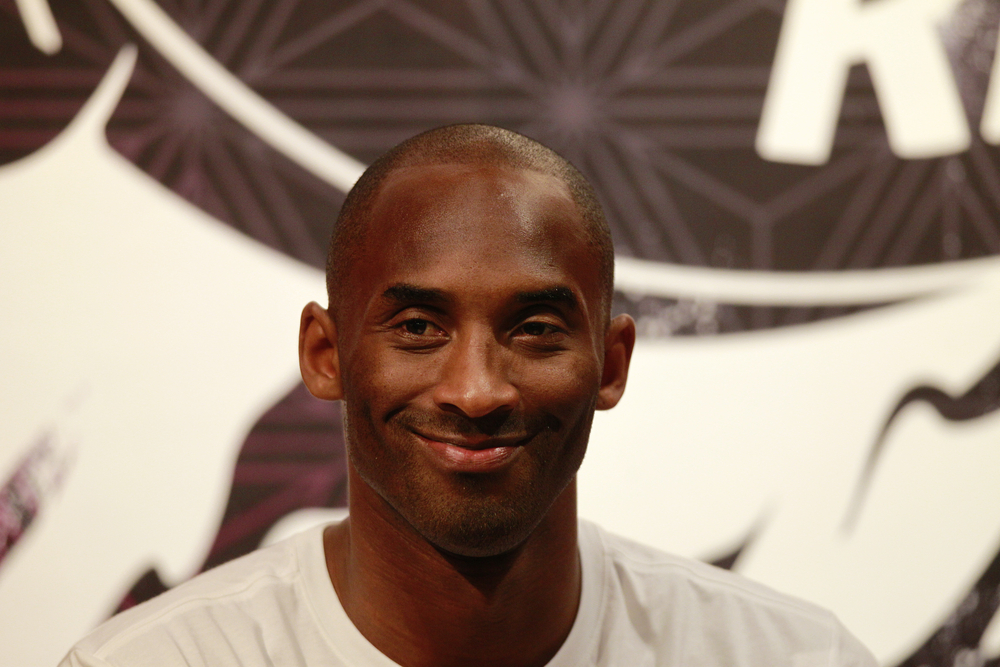
Wilt Chamberlain playing for the Philadelphia Warriors on March 2, 1962, scored 100 points. The final score was Philadelphia 169, New York 147.
Second place goes to the late Kobe Bryant, who, on January 22, 2006, scored 81 points while playing for the LA Lakers.
The final Score was LA 122, Toronto 104.
Basketball game scores
The longest game in the NBA: January 6, 1951, Indianapolis vs. Rochester: 6 overtimes, Indianapolis won by two points.
Highest and lowest scoring games in NBA history:
Highest scoring: Denver Nuggets vs. Detroit Pistons, December 13, 1983. The score was Detroit 186, Denver 184, with 3 overtimes.
Lowest scoring: Fort Wayne Pistons vs. Minneapolis Lakers, November 22, 1950. The score was Fort Wayne 19, Minneapolis 18.







